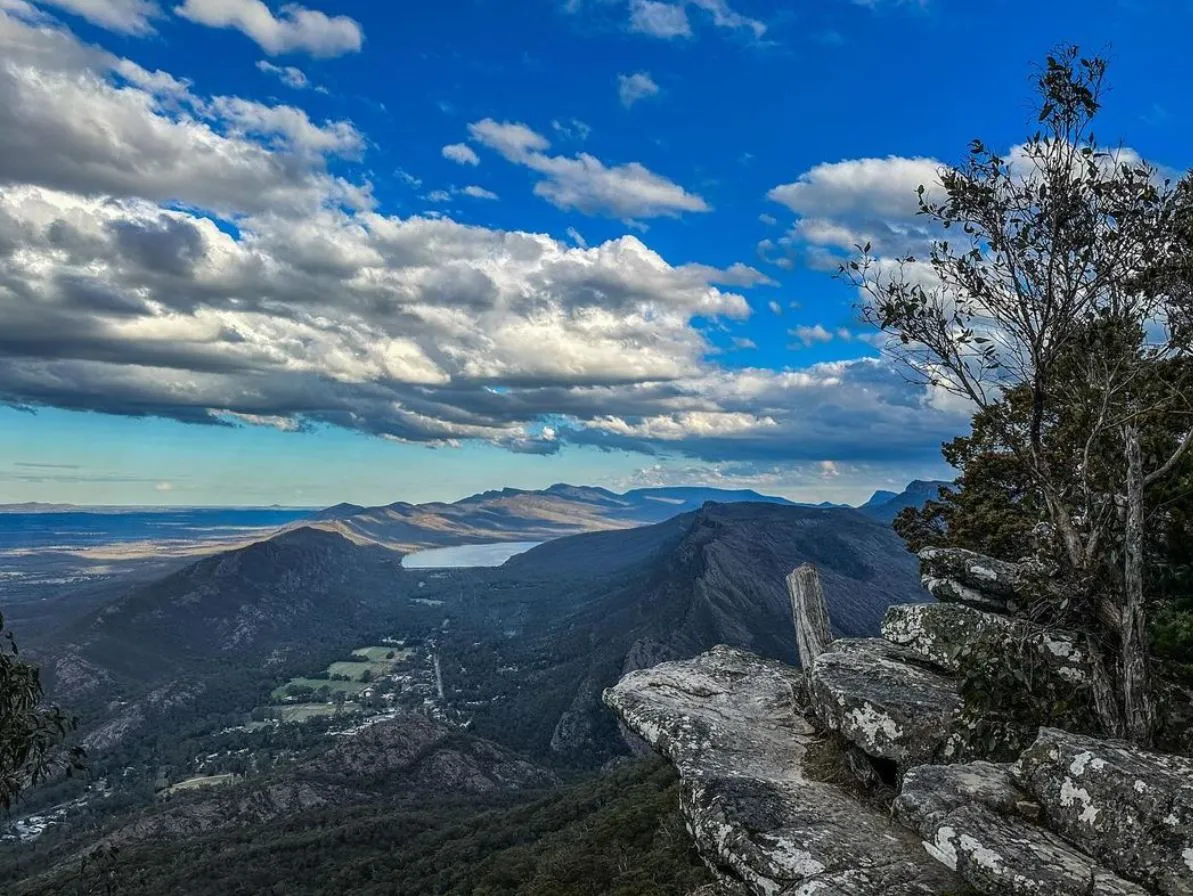One of the most beautiful trips in Australia, the Adelaide to Melbourne tour has it all. Three days, multiple routes – the coastal route along the Great Ocean Road or the inland route through Grampians National Park. Here’s the full itinerary to see the highlights – rugged coastlines, national parks and seaside towns.
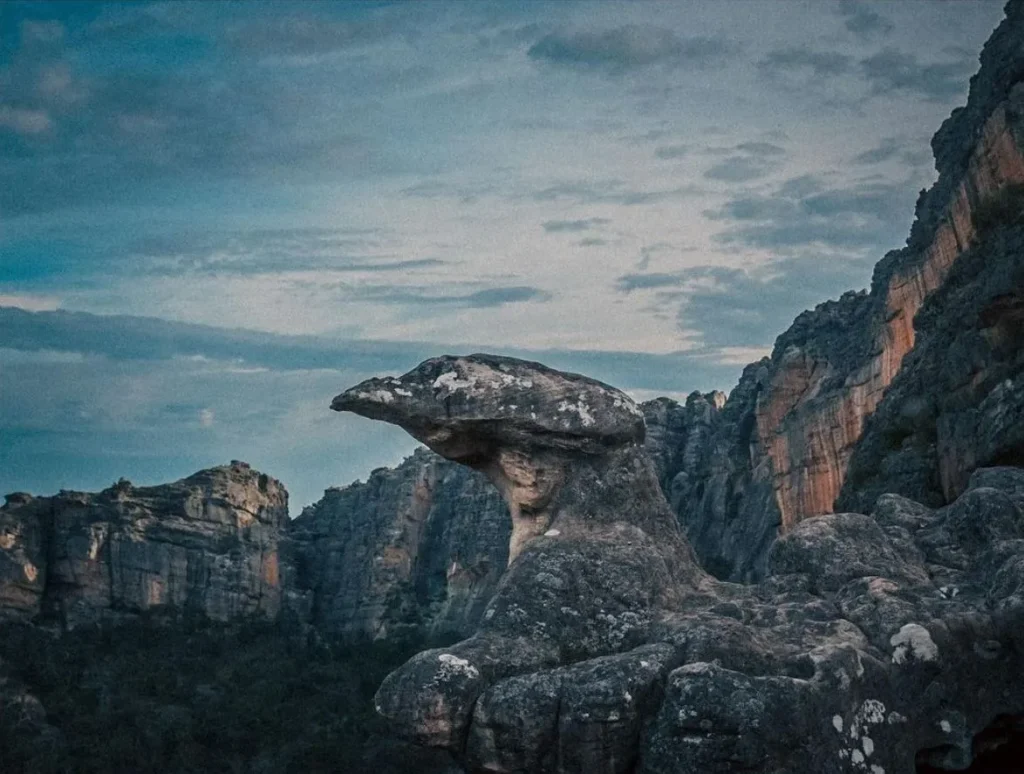
Day 1: South Australia’s Secrets
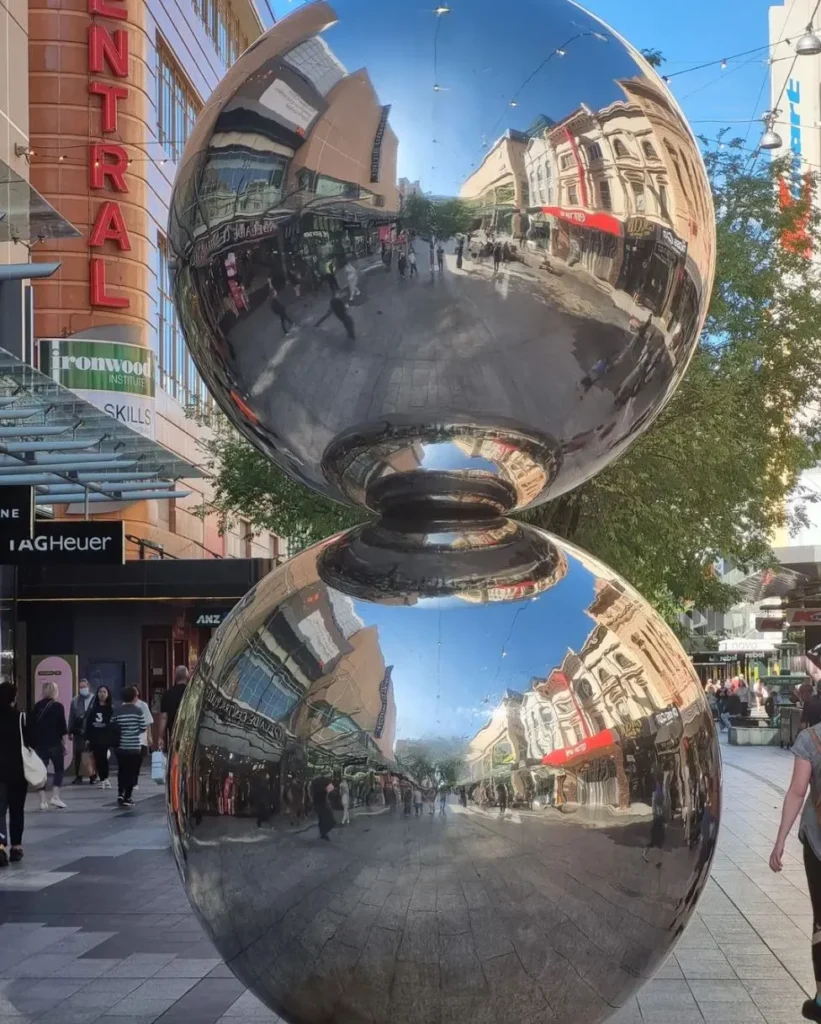
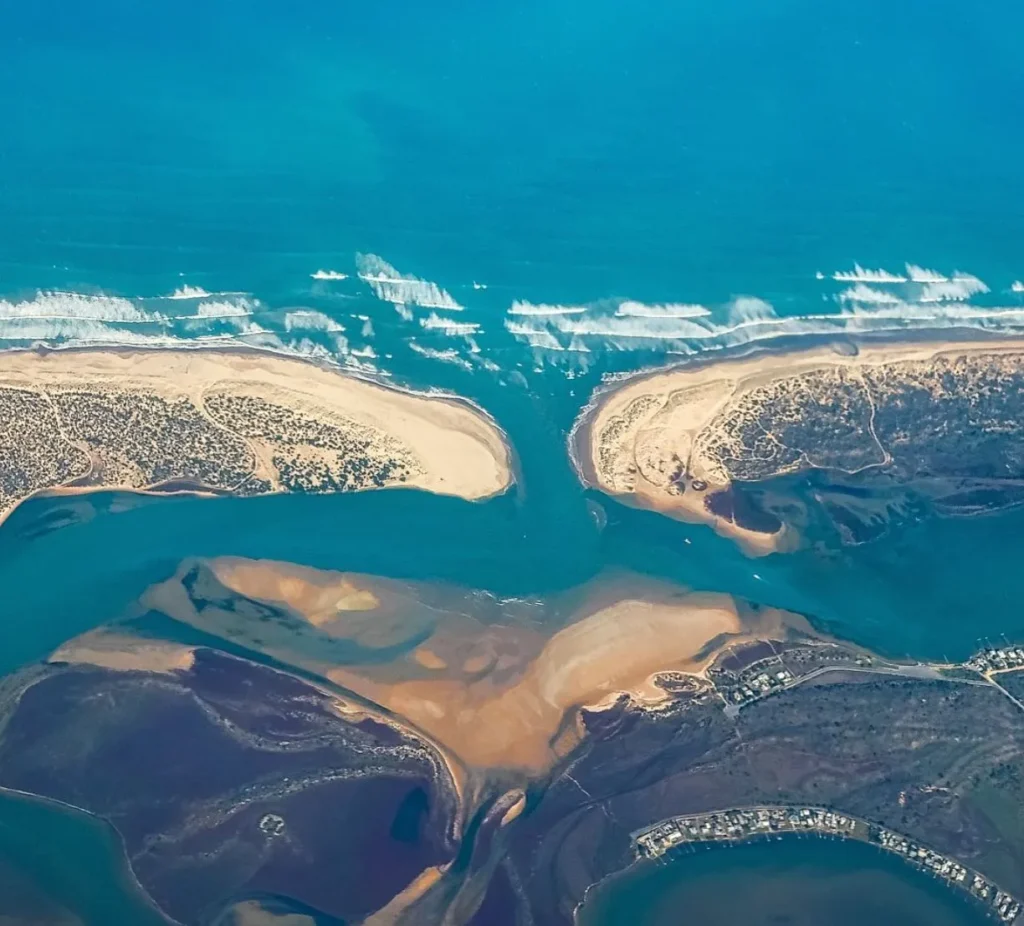
Adelaide is the perfect place to start this trip. The city has a great vibe and beautiful surroundings, Rundle Mall and North Terrace and wine tasting in the nearby McLaren Vale. Begin with a visit to Mount Lofty in the Adelaide Hills for the views, then head southeast to Murray Bridge, a charming rural town on the Murray River.
On the direct route, you’ll pass through Coorong National Park: Sandy beaches, wetlands and wildlife, and scenic views of salt lakes and dunes. Stop at Granite Island and Encounter Bay to see the local flora and fauna and maybe some seals and penguins. A short drive further, and you’ll be on the Limestone Coast and Mount Gambier, a town famous for its Blue Lake – a crater lake that changes colour seasonally.
To do something different, visit Umpherston Sinkhole, a garden in a limestone sinkhole and the Naracoorte Caves, a UNESCO World Heritage site with fossil deposits and limestone formations. Overnight in Mount Gambier.
Day 2: Coastal Views and National Parks
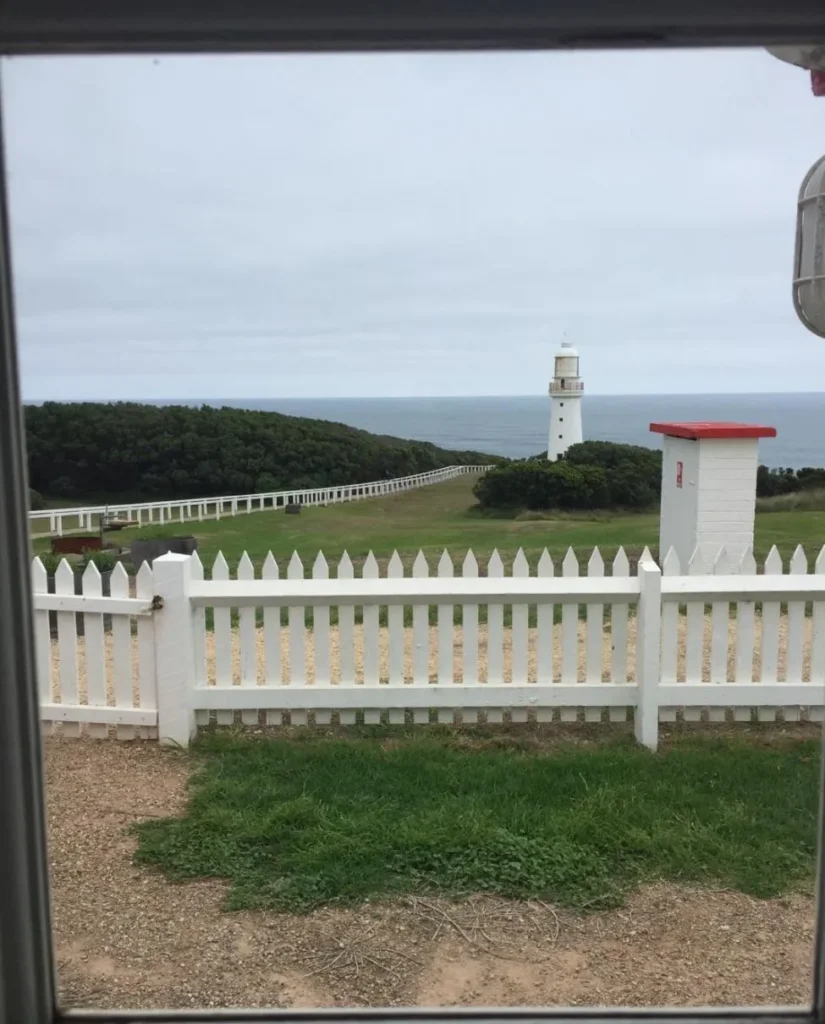
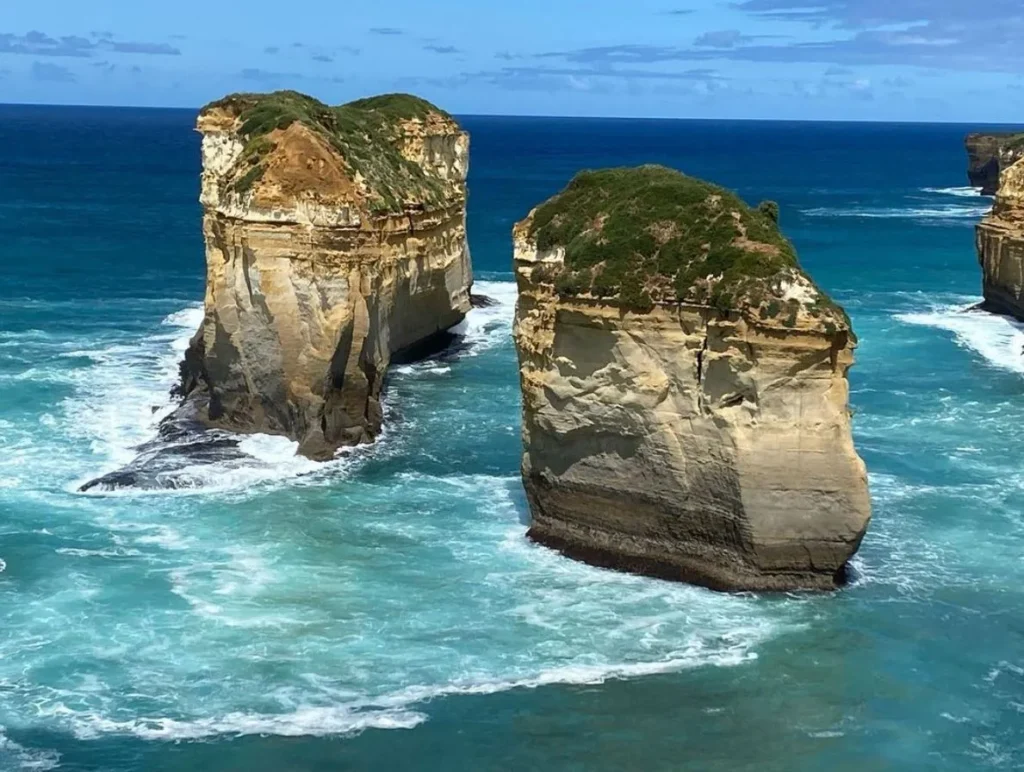
Day 2 is all about the coastal views. From Mount Gambier, follow the Shipwreck Coast to Port Fairy, a charming coastal town with beautiful streets, Griffiths Island and stunning coastal views. Port Fairy is a great place to get out and stretch your legs and explore a bit of Australia’s maritime history.
Head east, and you’ll get to Port Campbell National Park, home to some of Australia’s most famous landmarks. Start with the Twelve Apostles, the limestone stacks that rise out of the ocean. Take your time and enjoy Gibson Steps, which gives you beach access to get up close to the rock formations and Loch Ard Gorge, where you can learn about one of Australia’s most famous shipwrecks.
Another must-see is London Bridge, a naturally formed rock bridge. This section of the Great Ocean Road is known as the rugged coastline or Shipwreck Coast for good reason. You’ll find beautiful beaches and stunning views of the coastal cliffs at every turn.
If you want to hike, nearby Cape Otway National Park has walking trails through ancient rainforests and to the historic Cape Otway Lightstation. Continue along the coastal route to the Surf Coast and Apollo Bay, a relaxed beachside town to unwind. Check out the local cafes, and for nature lovers, a detour to Triplet Falls or Erskine Falls in the Great Otway National Park will show you the beauty of the ancient rainforest and the region’s natural wonders.
Day 3: Iconic Coastal Towns and Scenic Landscapes
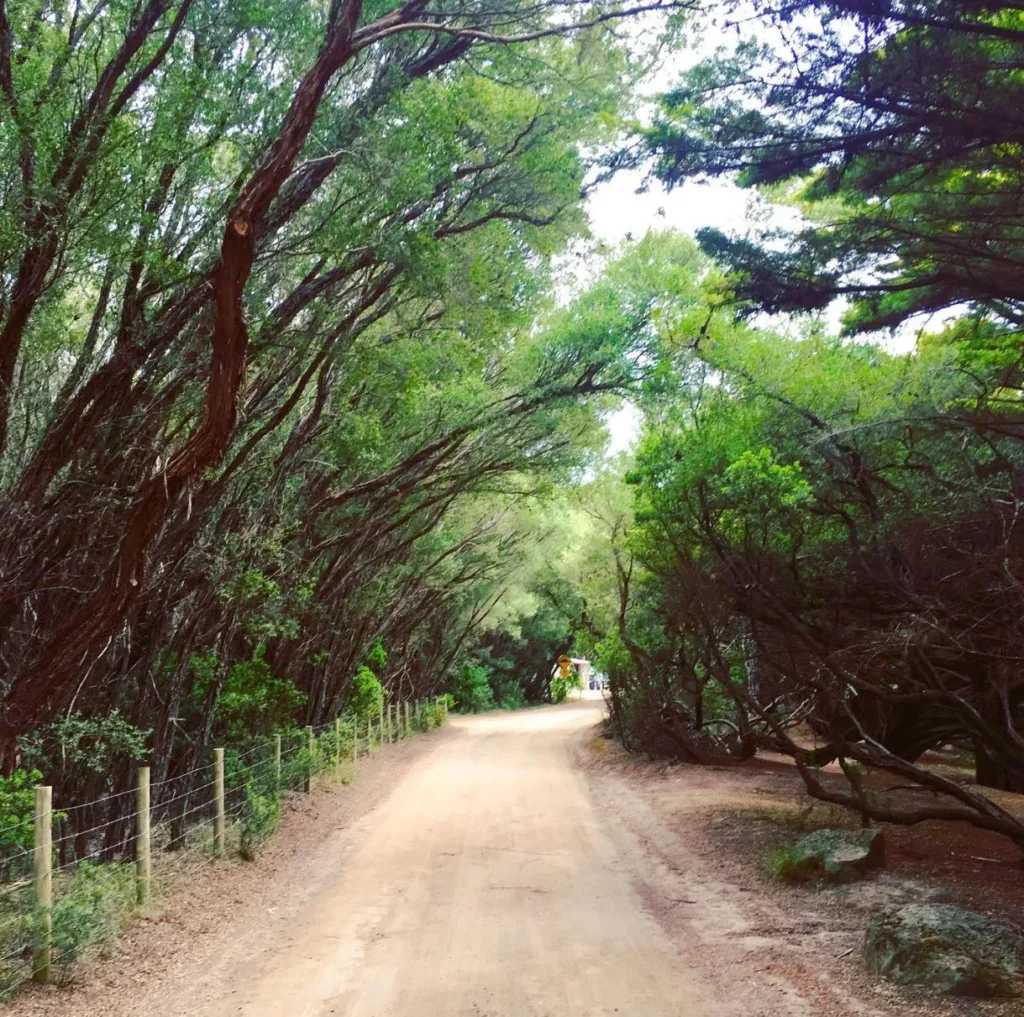
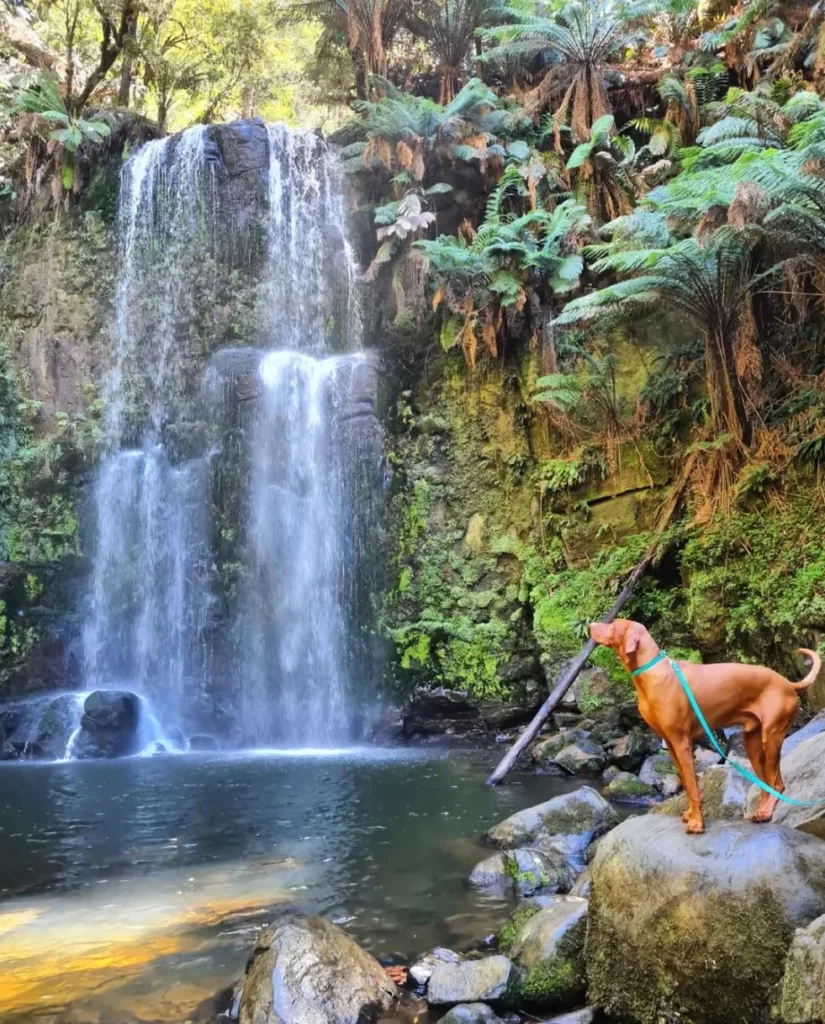
Your last day is along the most famous part of the Great Ocean Road, with stops at Aireys Inlet and Bells Beach. Aireys Inlet has the iconic Split Point Lighthouse and stunning views of the coastal road and rugged coastline. Continue along this stretch of road, and you’ll get to Lorne and Lorne Foreshore Caravan Park. Lorne is known for its laid-back vibe and scenery, and it is a popular spot for surfers and beach lovers. Have lunch at one of the town’s cafes before visiting Eastern View and the Memorial Arch, a tribute to the workers who built the Great Ocean Road.
Further along, stop at Beauchamp Falls and Hopetoun Falls, where the forest and waterfalls are photogenic heaven. If you’re a wine lover, pop into one of the cellar doors in this region for a tasting.
Before you get to Melbourne, consider a detour through Halls Gap and Grampians National Park, where you’ll find MacKenzie Falls and ancient volcanoes that have shaped the park’s unique rock formations. If you want to learn about Australia’s Aboriginal culture, the Grampians tours offer showcase about the region’s indigenous history.
It finishes in Melbourne, Australia’s second biggest city after Sydney, which is famous for its arts, food, and culture. Melbourne, Flinders Street Station, Royal Botanic Gardens and Federation Square.
Other Good Bits
- Cape Otway: Historic lighthouse and views of the coast and Australia’s maritime history.
- Sellicks Beach and Safety Beach: If time permits, take a detour along the East Coast for some nice beaches.
- Monarto Safari Park: Open range zoo just outside Adelaide with African animals in a safari setting.
- Encounter Bay and Port Elliot: Both have good swimming, surfing and beach culture.
This Adelaide to Melbourne 3 day Great Ocean Road tour has it all – landscapes, towns and icons. Whether you stick to the coast or go inland, you’ll get stunning views and experiences of southern Australia.
FAQ
When is the best time for a 3-day Adelaide to Melbourne trip?
Spring (September to November) and autumn (March to May) have mild weather that is perfect for national parks, wine regions, and coastal views without the summer crowds.
How long does it take to drive from Adelaide to Melbourne directly?
The direct route takes about eight hours, but if you’re taking the Great Ocean Road, allow 12-14 hours.
What are the must-see spots on the coastal route from Adelaide to Melbourne?
Mount Gambier’s Blue Lake, Naracoorte Caves, Port Fairy, Twelve Apostles, Loch Ard Gorge, Apollo Bay. Each of these has great views, natural wonders and history.
Are there camping and caravan parks along the way?
Yes, there are many holiday parks and caravan parks along the Great Ocean Road, Lorne Foreshore Caravan Park and several in Port Campbell.
Can I do a self drive or should I book a tour?
Many people do self-drive as the road is well signposted, and there are plenty of accommodation and eating options. However, tours can give you insight into local history and Aboriginal culture.
